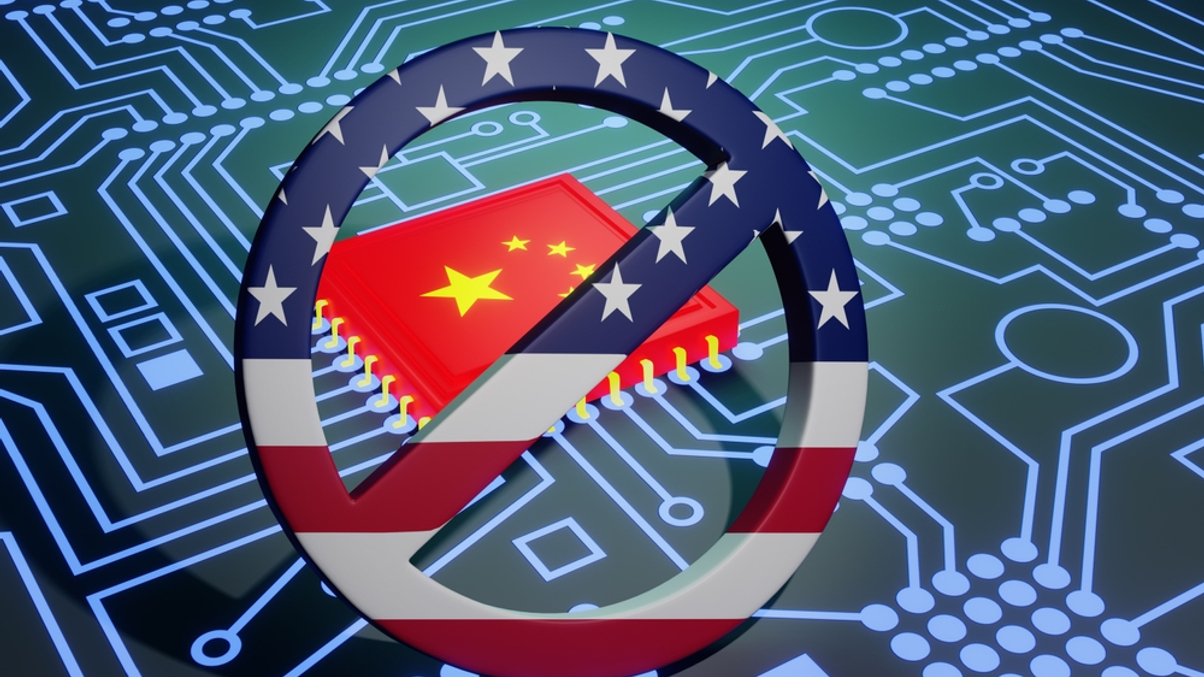Market Views: How will planned US curbs affect China investment flows?
The White House is reportedly planning to issue "unprecedented" rules for American firms on investments in China's tech sector around the G7 summit scheduled for May 19. AsianInvestor takes a pulse check of how this could affect investment flows to the region.

US President Joe Biden plans to sign an executive order in the next few weeks that will impose restrictions on American companies' investment in key sectors of China's economy
Sign in to read on!
Registered users get 2 free articles in 30 days.
Subscribers have full unlimited access to AsianInvestor
Not signed up? New users get 2 free articles per month, plus a 7-day unlimited free trial.
¬ Haymarket Media Limited. All rights reserved.


